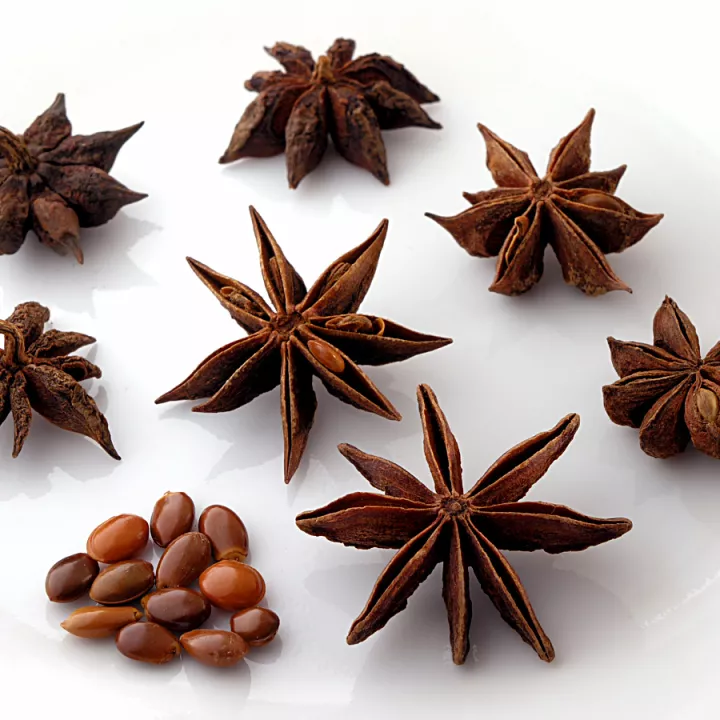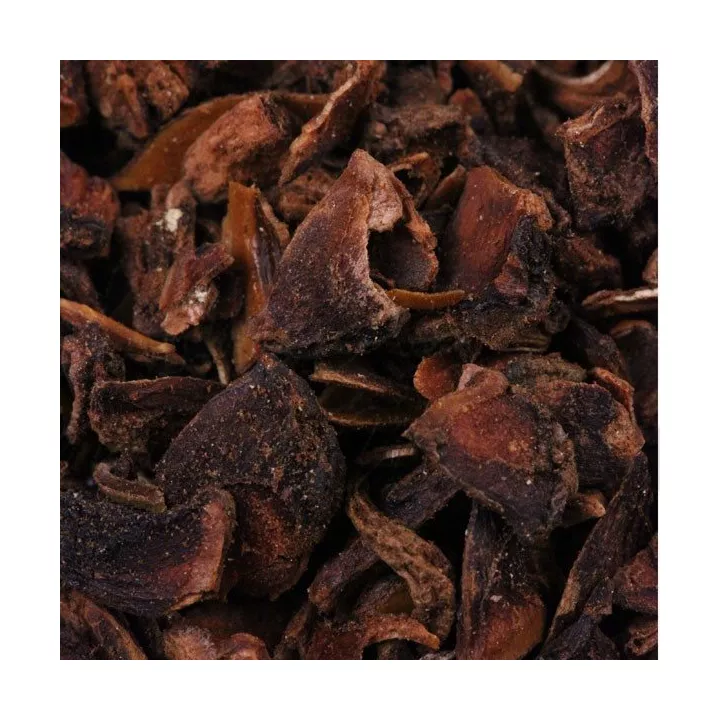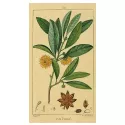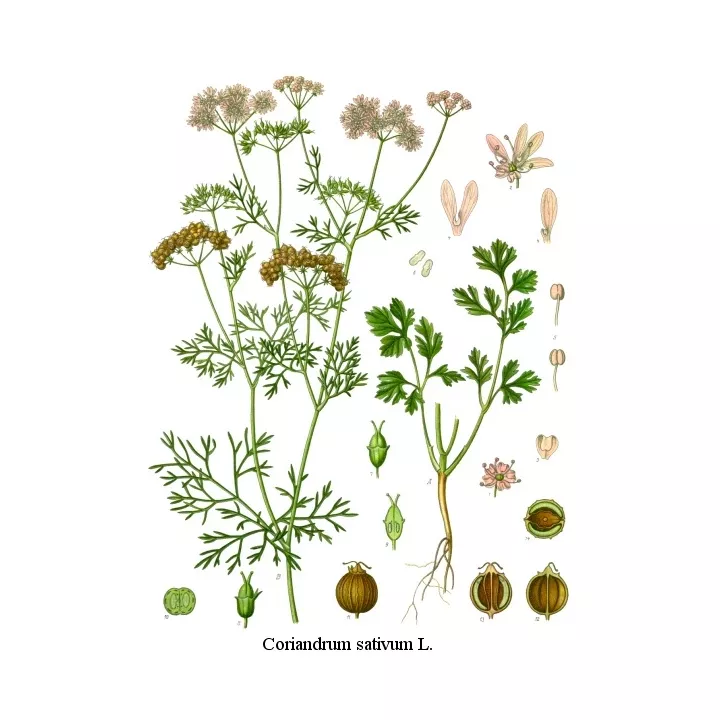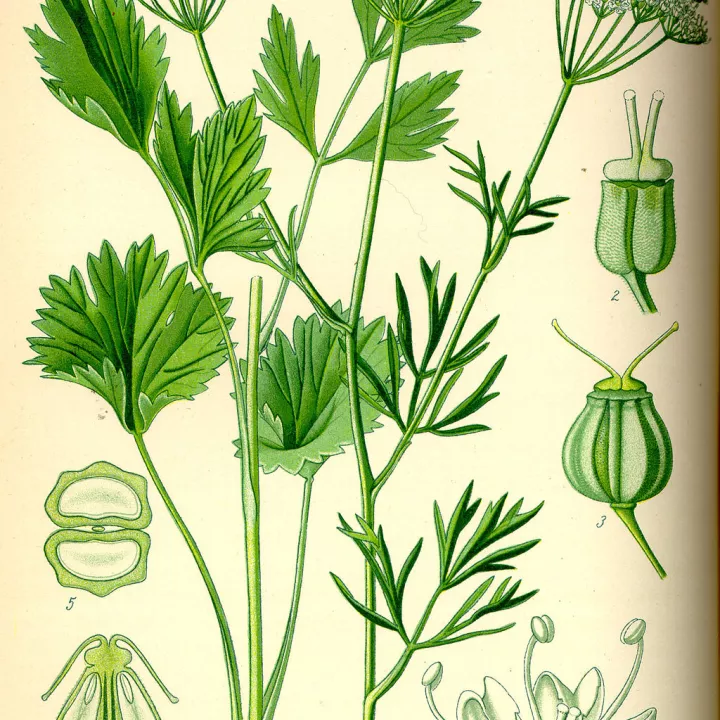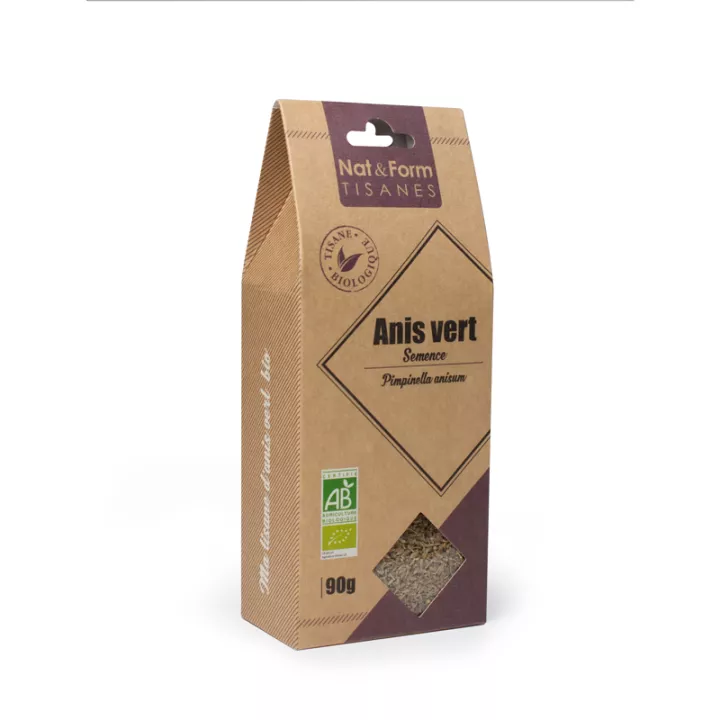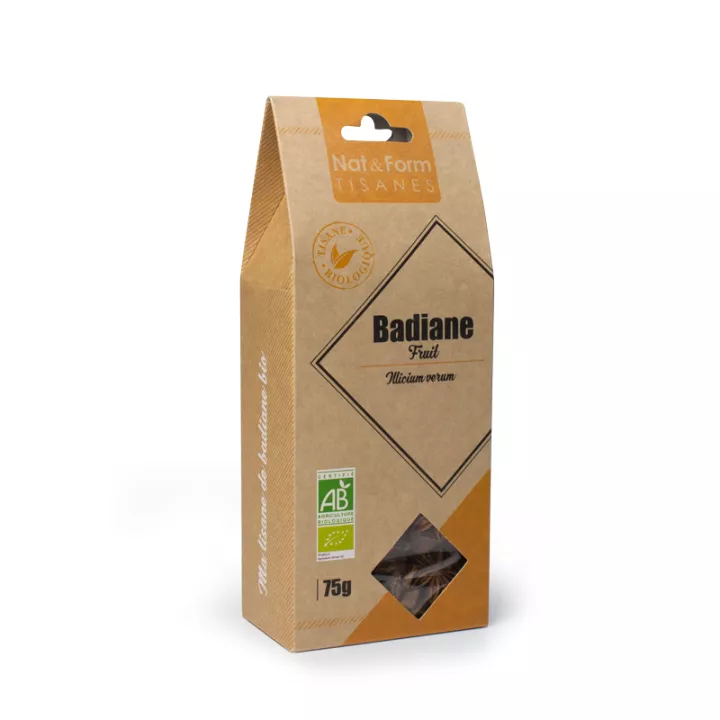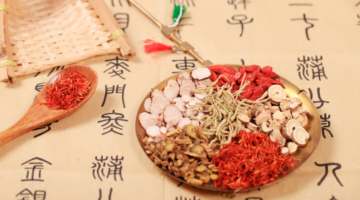What is star anise used for?
Staranise is much more than just a spice. This star-shaped dried fruit, commonly used in Asian cuisine, has an incredibly wide range of medicinal properties. Thanks to its unique active compounds, it plays an essential role in supporting digestive health, boosting the immune system and soothing various inflammations. If you're looking for a versatile and effective natural remedy, star anise is a must-have choice.
Star anise is particularly renowned for its beneficial effects on the digestive system. Indeed, its carminative and antispasmodic properties help relieve symptoms associated with digestive disorders such as bloating, cramps and dyspepsia. An infusion of star anise after meals stimulates digestion, reduces intestinal gas and prevents stomach upset. For those suffering fromaerophagia or colic, star anise is a gentle, effective solution for restoring optimal intestinal comfort.
Star anise is also renowned for its anti-inflammatory properties. It is often recommended to relieve pain associated with chronic inflammatory diseases such as colitis or Crohn's disease. Star anise's active compounds, such as flavonoids and tannins, work by reducing inflammation and soothing irritated tissues. Regular use of this plant as part of your wellness routine can significantly improve your quality of life.
The antioxidants present in star anise, notably flavonoids andshikimic acid, play a key role in strengthening the immune system. These compounds neutralize free radicals, responsible for cell aging and weakened immune defenses. Regular consumption of star anise not only helps prevent certain chronic illnesses, but also improves the body's resistance to common infections such as colds and flu.
Star anise is also distinguished by its antiviral properties. One of its components, shikimic acid, is used in the manufacture of antiviral drugs such as Tamiflu. Star anise can therefore help fight a variety of viruses, from seasonal ones like the flu to more serious infections such asherpes. Incorporating this spice into your diet can provide effective natural protection against many viruses.
In addition to its physical benefits, star anise has relaxing properties that help reduce stress and anxiety and promote restful sleep. Infused before bedtime, it acts as a natural sedative, helping you to fall asleep and improving the quality of your sleep. This ancestral remedy is therefore particularly recommended for those suffering from insomnia or sleep disorders.
Chinese star anise is a versatile medicinal plant offering a wide range of health benefits. Whether to improve digestion, fight viral infections, relieve inflammation or promote quality sleep, this spice is a precious ally for natural well-being. By choosing our Chinese star anise for sale on our online herbalist's shop, you're opting for a quality product, carefully selected for its exceptional therapeutic virtues.
We also offer whole bilberry berries from the Iphym laboratory, at the best price in our online pharmacy.
How to use this plant
To take full advantage of the benefits of Chinese star anise, follow these simple instructions: heat water to boiling, then pour the boiling water over around 8 star anise berries. Leave to infuse for ten minutes or so, to extract the maximum amount of active substances. Consume this infusion after each meal, about three times a day, to soothe digestive troubles and improve intestinal comfort.
Give your opinion on the advice for use and dosage of Badiane de Chine with our partner Avis Vérifiés after your purchase.
Precautions for use
Like fennel and aniseed, badian contains large quantities of anethole. To avoid any risk of toxicity, it is advisable to limit courses of treatment to a maximum of three days, with one week between each use. Prolonged use can lead to an accumulation of this active ingredient in the body, which can become harmful.
It's also essential to check the origin of star anise, as Japanese star anise, which visually resembles Chinese star anise, is toxic and banned from sale in France. Buy from trusted sellers, and beware of abnormally low prices, which could indicate counterfeiting.
What is its composition?
Badiane de Chine is composed of numerous active ingredients that give it its therapeutic properties. The main components are : Essential oil, Trans-Anethole, Limonene, Alpha-Pinene, Linalol, Estragole, Lignans, Shikimic acid, Flavonoids, Tannins.
Presentation
Our Chinese star anise is available in various formats: 50 g, 75 g, 100 g, 250 g or 1 kg, to suit all your needs.


